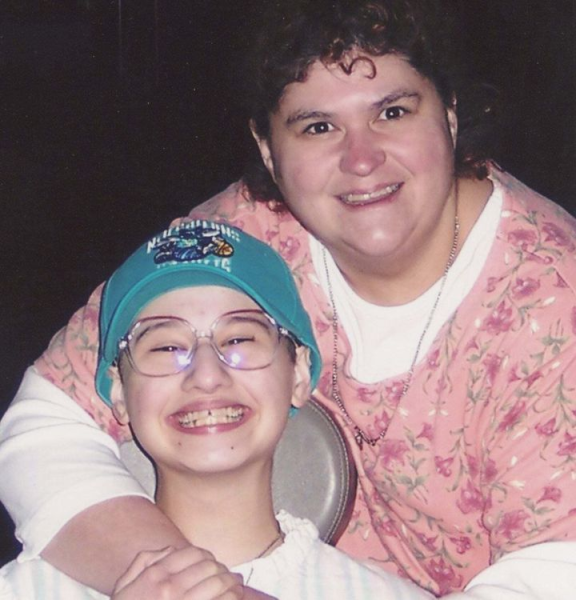Do Some People Really Not Feel Pain?
May 25, 2021
Yes, some people really do not feel pain. Whether they break every toe on their foot or lay their hand on a burning hot stove, they won’t feel it. This is all because of the 1 in 25,000 condition called Congenital insensitivity to pain and anhydrosis (CIPA). It is a hereditary disease that causes individuals to be unable to feel pain or unable to sweat (anhydrosis). Doctors also refer to it as (HSAN IV) hereditary sensory and autonomic neuropathy type IV.
Individuals are born with this disease and are diagnosed at an early age in childhood (around 4). People who live with CIPA can put their hands in fires for minutes without feeling anything except having burns and blisters. Others can lay in inches of snow with a bathing suit on and feel completely nothing. Not even shiver. Some can get their wisdom teeth removed without numbing or anesthesia because they don’t feel it. This is because CIPA is caused by mutations in the NTRK1 gene. This gene gives the body instructions on how to make a protein which is important in the development and survival of nerve cells. They are especially responsible for the nerve cells that carry information about sensory neurons (touch), temperature and pain. CIPA is extremely rare, you see it in movies more than you do in real life. There’s 60 documented cases in the United States and about 300 worldwide. A simple genetic test can be taken to tell if your child has CIPA before birth, during childhood and even adulthood. During the genetic testing, doctors can distinguish a positive and a negative because CIPA is identified by a genetic abnormality. It is called the human TRKA (NTRKI) gene which is located on chromosome 1 (1q21-q22). There is still no cure for CIPA but treatment is available. Doctors recommend preventing self-injury, controlling body temperatures, and treating orthopedic problems as soon as possible. Patients with CIPA can live a very normal life but the oldest one to live was 25. They often have to check for bruises, cuts, self-mutilation or other unfelt injuries up to twice a day.
A lot of people might think it is great to feel no pain, but it is actually the opposite. Feeling pain is your body’s way of letting you know something is wrong. This happened to Ashlyn Blocker. She was diagnosed with CIPA at a young age. Her parents stated when Ashlyn was little, she had a fractured ankle for two days and they didn’t know until they noticed some bruising. Ashlyn felt no pain whatsoever.
The first report of CIPA was a 2.5 year old boy in Iran discovered by Swanson in 1963. The boy had clinical features like recurring episodes of hypothermia, unexplained fevers, inability to sweat, profound loss of pain sensitivity and unknown biting of the lips and tongue. CIPA has gained some recognition on the shows House and Grey’s Anatomy. In the medical drama House, a 16 year old girl named Hannah was in a deadly car accident with her mom. With her mom unconscious, she called 911 and looked down to see a metal rod going through her thigh. She did not even notice it until she looked down because she couldn’t feel it. At the hospital she had a 105 degree fever although she never shivered or sweated. She later collapsed and underwent a PET scan. During the scan she had dipped her hand in and out of a bucket of boiling water next to her for a distraction while the doctors monitored her brain activity. She did not notice until the doctors concluded the scan and came back to her to see her hand blistered up with second-degree burns. Not once during the duration of her two week stay at the hospital did Hannah complain of any pain or discomfort. Although Hannah is a fictional character in a television show, she still acted and displayed all of the signs of one of the rarest disorders on record.
CIPA is one of the most interesting and captivating diseases known. It is amazing how the human body is capable of one thing but not another; even in comparison to another person.











